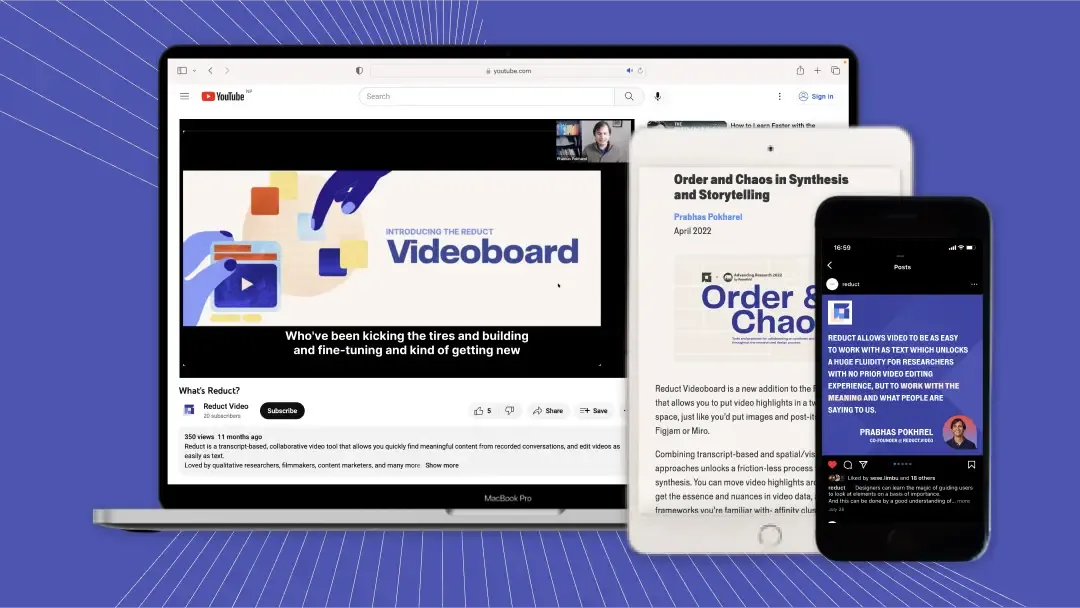Subtitles vs. Closed Captions- 3 Quick Differences
November 2022
·
2 min read

In 2014, the Federal Communication Commission ( FCC) received more than 16,000 complaints about television captions stating they were inaccurate and incomprehensible. In response, they set forth four guiding principles for the quality of captioning based on accuracy, synchronicity, program completeness, and placements of the captions.
Similarly, these days there are many such caption/subtitle requirements and laws that aim to regulate caption quality across TV shows, movies, and other public video content.
There are usually two language services available, closed caption (CC) and subtitles. They may appear similar on-screen but are designed for different audiences and has distinct functions.
In this post, we will discuss the fundamental distinctions between captions and subtitles that will help you select the best option for your videos.
Caption vs Subtitle
Which one should you use? The choice between captions and subtitles depends on the types of audience you want to target with your video content.
Choosing the wrong option can drive off potential audiences, and understanding these fundamental differences between captions and subtitles will help you in identifying which is best for your content and your audience.
Caption:
-
Closed captioning provides a more immersive experience for viewers by enhancing their understanding of the content.
-
In closed captions, all the audio noises are transmitted including sound effects, speaker IDs, and other non-speech components.
-
It is an important tool for making media accessible to all users, regardless of their hearing ability. It allows those who are deaf or hard of hearing to follow along with media content and participate in conversations.
-
Captioning comes in two varieties, closed captioning and open captioning. Closed captioning (CC) can be turned off by the viewer with the press of a button, whereas open captioning (OC) is embedded in the video and cannot be turned off.
-
Change on-screen position when obscuring visual elements.
Subtitle:
-
Video subtitles often referred to as translations, are translated dialogue that doesn’t include any non-speech elements.
-
Subtitles are meant for viewers who don’t understand the language being spoken. It simply translates spoken language into another language, for eg, italian to english
-
Subtitles don’t identify the speaker labels and have no other varieties.
-
Time-synchronized with media.
Conclusion
If you need help deciding between captions and subtitles for your next video project or translating your next video campaign, Reduct can help. We provide a range of creative language services including subtitling, captions, translation, and much more.
Reduct’s captioning service makes adding subtitles or captions easy. Just upload your video files and we’ll do the rest.


